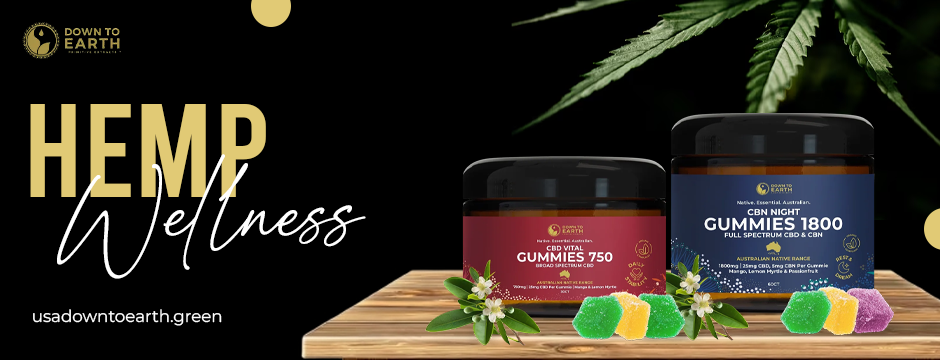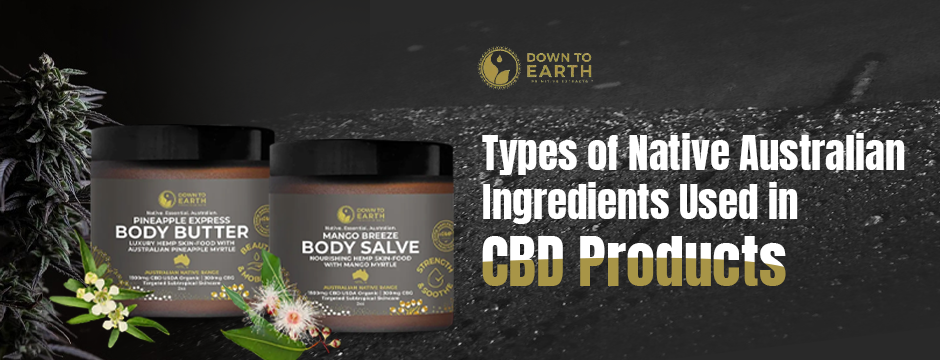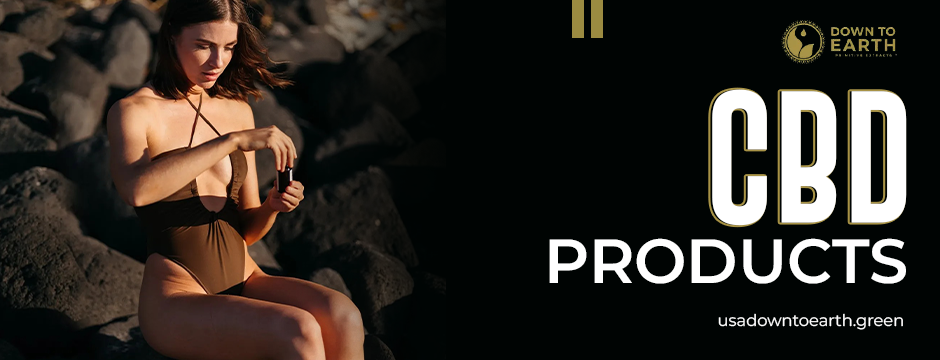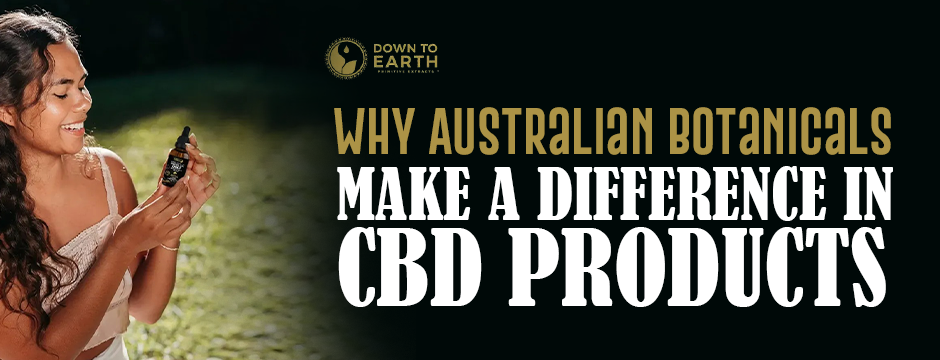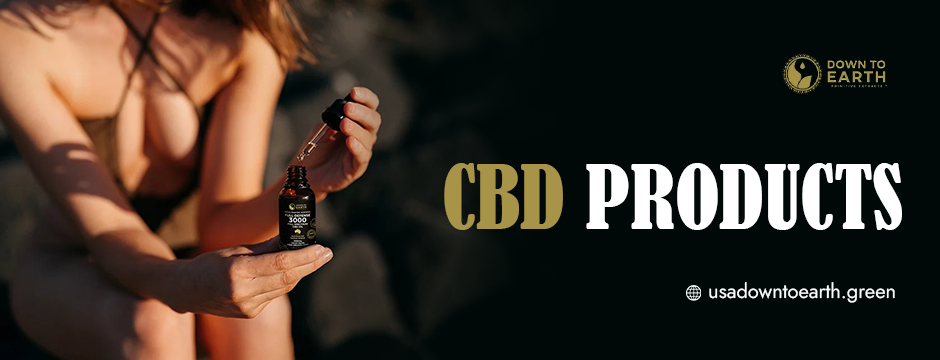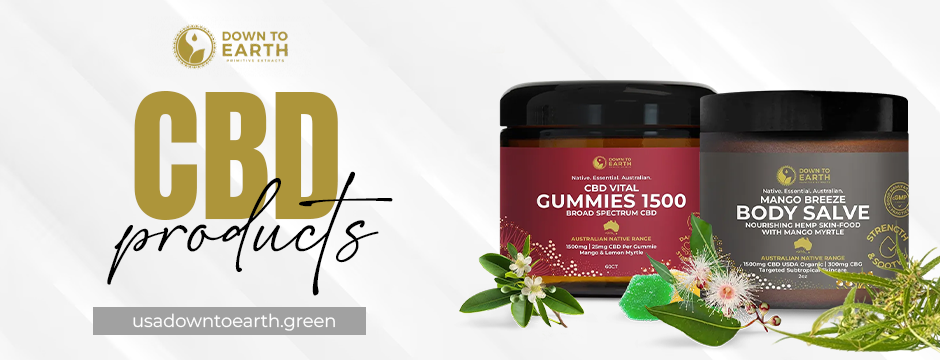The Subtle Science Behind Full-Spectrum vs. Isolate CBD Products
In the world of wellness, CBD products have carved out a powerful niche. From oils to gummies, skincare to softgels, cannabidiol has found its way into the routes of people looking for plant-based support. However, not all CBD is created equal. One of the most important distinctions in the CBD space is between full-spectrum CBD and CBD isolate.
Knowing the right difference can help consumers make more informed choices about the CBD products that fit their preferences, lifestyles, and wellness goals. This blog will explore the key contrasts and the science behind each type of full-spectrum and isolate CBD product.
CBD, or cannabidiol, is a naturally occurring compound present in the Cannabis sativa plant. It is one of nearly 110 phytocannabinoids, unique molecules that interact with the body’s endocannabinoid system (ECS), serving the purpose of maintaining internal balance.
While much attention has been focused on the product’s use in wellness, equally important is the type of CBD extract: full-spectrum CBD or CBD isolate.
Full-Spectrum CBD: The Entourage Effect in Action
Full-spectrum CBD is hemp extract that includes a mix of naturally occurring compounds found in the cannabis plant—not only CBD. Some of these can include:
- Minor cannabinoids (such as CBG, CBN, and CBC)
- Flavonoids and terpenes (aromatic and flavorful plant molecules)
- Trace levels of THC (within the federally legal 0.3% or less)
This combination of compounds works together in what scientists call the “entourage effect.” This term describes the theory that cannabinoids, terpenes, and other hemp compounds may synergize in the body, influencing how the endocannabinoid system responds.
It’s worth noting that although full-spectrum items contain a broad profile of compounds, they do not diagnose, treat, or cure any ailments. Instead, they are enjoyed by individuals who want a more comprehensive or “whole plant” style of bringing hemp into their regimen.
CBD Isolate: Pure and Precise
CBD isolate is exactly what it sounds like—pure cannabidiol. During extraction, CBD is isolated meticulously from other hemp compounds until it’s a crystalline powder that’s essentially 100% CBD. The outcome is
- THC-free (perfect for users who want to avoid any trace of THC)
- Flavor-neutral (no earthy hemp flavor)
- Highly consistent (perfect for precision dosing)
CBD isolate products provide an unadorned approach. They permit users to zero in on CBD alone without any effects from other cannabinoids or terpenes.
CBD isolate products can be suitable for new users, people with certain lifestyle or work demands (such as athletes or professionals who must undergo regular screenings), or users who like the purity and simplicity of a one-component product.
Extraction & Processing: A Behind-the-Scenes Look
The distinction between full-spectrum and isolate begins with extraction. The majority of CBD products start with hemp plants that have gone through CO₂ extraction or ethanol extraction.
Then:
- Full-spectrum oil is left in its original cannabinoid and terpene content.
- For isolate, the oil is refined, filtered, and purified until CBD is the only thing left.
Both varieties undergo strenuous laboratory analysis to confirm cannabinoid levels and the absence of impurities. Third-party testing is a paramount quality mark, transparency mark, and safety mark for the industry.
Taste, Texture, and Usage Preferences
In terms of user experience, full-spectrum and isolate CBD products offer different sensory profiles:
| Feature | Full-Spectrum | Isolate |
|---|---|---|
| Taste | Earthy, hemp-like | Neutral, flavorless |
| Color | Amber or golden | White crystalline powder |
| Formulation | Oils, softgels, gummies, skincare | Oils, powders, capsules, gummies |
| Appeal To | Whole-plant enthusiasts | Purists or THC-averse users |
Your choice may ultimately come down to what you prefer in taste, formulation, and overall experience.
While numerous consumers of CBD items report certain personal experiences after daily use—from a feeling of equilibrium to support for overall way of life—it’s essential to realize the regulatory parameters.
CBD’s increasing popularity can be attributed in part to its non-intoxicating ability and the fact that it slots so well into current trends around wellness. Individual reactions could be different, however, and anyone considering CBD should discuss it first with a qualified expert before adding it to their regimen.
Why the Difference Matters
Deciding between full-spectrum and isolate CBD products isn’t a question of which one is superior—it’s a matter of which one is superior for you. Your personal taste, intentions, sensitivities, and lifestyle will determine your choice.
Some consumers like the holistic character of full-spectrum extracts. Others value the clean purity of isolate. The good news? Both products can be part of an honest, high-quality wellness regimen when responsibly sourced.
We believe in down-to-earthness, transparency, and craftsmanship.
We’re not producing CBD products here at Down to Earth USA—we’re creating an intentional experience. We’re inspired by Australia’s high-potency native botanicals and are made in the USA, with products that illustrate our commitment to authenticity, purity, and nature-driven innovation.
Whether you’re drawn to our full-spectrum line infused with lemon myrtle and other exotic plant extracts or you like the straightforwardness of our CBD isolates, we have carefully crafted products that work for your pace. We third-party test each batch, employ organic-compliant ingredients, and make it simple for you to discover plant support on your own terms—without the distraction or hype.
We also put compliance first. That’s why we’re all about education, not claims, and only share what’s supported by science, sourcing, and actual ingredient integrity.
Conclusion
The nuanced science between full-spectrum and isolate CBD is in their formulation, sensory character, and personal preference. There’s no one-size-fits-all solution. What you need to care about is which CBD products you choose from a company that cares about transparency, testing, and responsibility.
As CBD grows in the wellness world, the wisdom you apply to your buying decisions is everything. If you prefer whole-plant depth or the precision of isolate, being informed of the difference is step one to establishing a regimen that works for you.







